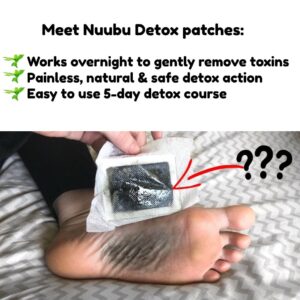Imagine you just bought a new set of cookware. That means you’re going to enjoy cooking, specifically if you take good care of your utensils. Want to keep your new cookware look brand new for years? You will have to clean them properly and treat them with care.
That should help them last for years. But it’s necessary to think about what material the utensil is made of while cleaning. As there’s a different process of cleaning for different materials. So you have to keep that in mind and clean accordingly.
Here are a few tips to take care of your new cookware based on what they’re made of.
-
Aluminum
Aluminum cookware is known for its good thermal conductivity. It is a light metal that oxidizes fast and prevents itself from rusting. Taking care of your aluminum cookware is rather convenient. Though aluminum utensils are not dishwasher safe, they can be cleaned rather easily. You have to wash them as soon as possible after use. After a while, the shine lets off.
So you have to keep it shiny by using a non-scratch scouring pad. Soft sponges may also be used. Aluminum gets scratched easily so you have to take good care of them. Avoid using corrosive cleaning products as they can wipe off the coating.
-
Cast Iron
Cast iron Comals or skillets are very common to cook on. They need to be seasoned before cooking. The sides of the pot or pan need to be brushed well with oil or butter. The whole bottom needs to be surfaced with oil. After that, it has to be heated in an oven for about an hour.
After bringing it out, you have to pour out the oil and let it cool. After every consecutive use, you’ll have to wash the whole with hot water and washing liquid. It has to be thoroughly dried after washing since cast iron will rust if it stays wet for too long. Even if yours get small rusting spots, you may use a ball of steel wool to wipe off the rust with the assistance of a dab of vegetable oil.
Related Articles:
Copper cookware needs a bit of extra care. Copper pots and pans have a special tin lining which can be easily damaged if not taken care of properly. The copper cookware should not be scoured, as that can eradicate the tin lining completely. Rather than that, they have to be washed with warm water and dishwashing liquid. They’ll need to be soaked in the same solution too.
If you can, you should probably remove the food left stuck to the pans first. The outer layer of the cookware should be washed with a solution of vinegar and salt and then polished. This way, your copper cookware will look brand new for years!
- Enamel
Any dish or pot made of cast-iron or aluminum but has an enamel coating on them may be easily cleaned in the dishwasher. Try using a solution of warm vinegar and water.
This will help to easily remove the stain. Let the pots cool down and then use soapy water to wash them clean. If you’re still not satisfied, a tablespoon of baking soda added to the solution will help you get it squeaky clean. It’s best to avoid using abrasive pads so that they remain scratch-free.
-
Non-stick
Non-stick items are blessings to cooks. They reduce the consumption of fat by not needing to use extra oil. To take care of these utensils, you probably should watch the instructions as they might be different for each.
Most of them are not dishwasher-friendly. Non-stick pans or pots can be easily cleaned with the use of hot water and a dap of soap. If there’s food burnt-on the pot, use plastic scrubbers to wipe them off instead of steel. This allows the non-stick coating to last longer.
-
Stainless steel
From the name, you might probably wonder that they never stain. But better safe than sorry, right? You need to wash the stainless-steel items with detergent soap and water ASAP after use.
This reduced the chance of any sort of staining. You shouldn’t use steel scrubbers to clean them as they might damage the surfaces and make them prone to scratches. Also, don’t let them soak for too long. This will keep them from pitting.
So, you probably have an idea about how to take care of your kitchen’s new cookware. Make sure you know about the types and you’re all set, read our review of the best frying pan at 2020.
Read More:
- What Are PFOA and PTFE? What Does It Have to Do with non-stick pans?
- Can you Deep Fry in a Non-Stick Pan?
Feel free to share your observation with me in the comments section!
Also, if you find the information in this post to be useful, be sure to share this post with your friends on Facebook, Twitter, and Pinterest.



